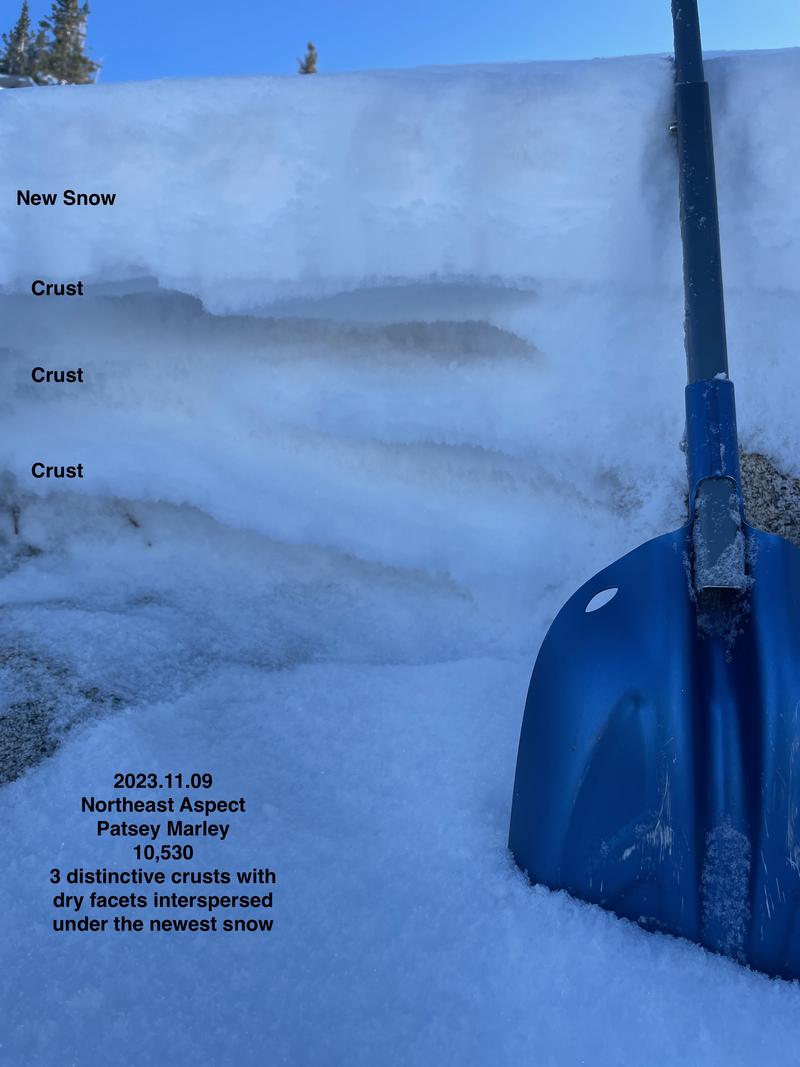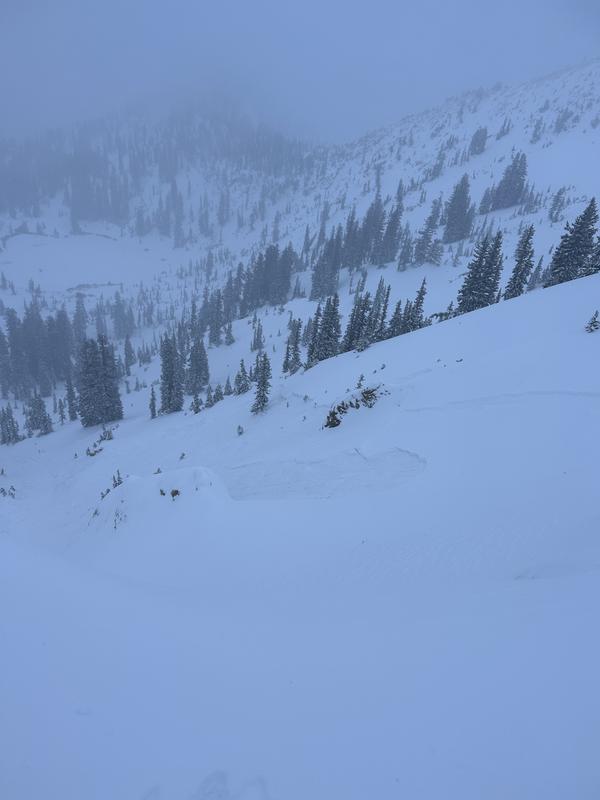Forecast for the Salt Lake Area Mountains

Issued by Nikki Champion on
Monday morning, November 20, 2023
Monday morning, November 20, 2023
Heads up: Avalanche season is here!
This recent storm delivered up to 19 inches of new snow accompanied by elevated winds. Human-triggered new snow and wind-drifted snow avalanches may be expected in steep terrain. High-elevation shady aspects, that were holding old snow before this most recent storm, pose the highest potential avalanche risk. Be sure to have a partner and carry the necessary rescue gear of a transceiver, probe, and shovel.
While burial risk is generally low, the danger lies in being carried over and through consequential terrain, causing significant traumatic injury. Exercise caution, as it's still early in the season with limited skiing and riding options
We’ll issue updates as conditions change.

Low
Moderate
Considerable
High
Extreme
Learn how to read the forecast here










